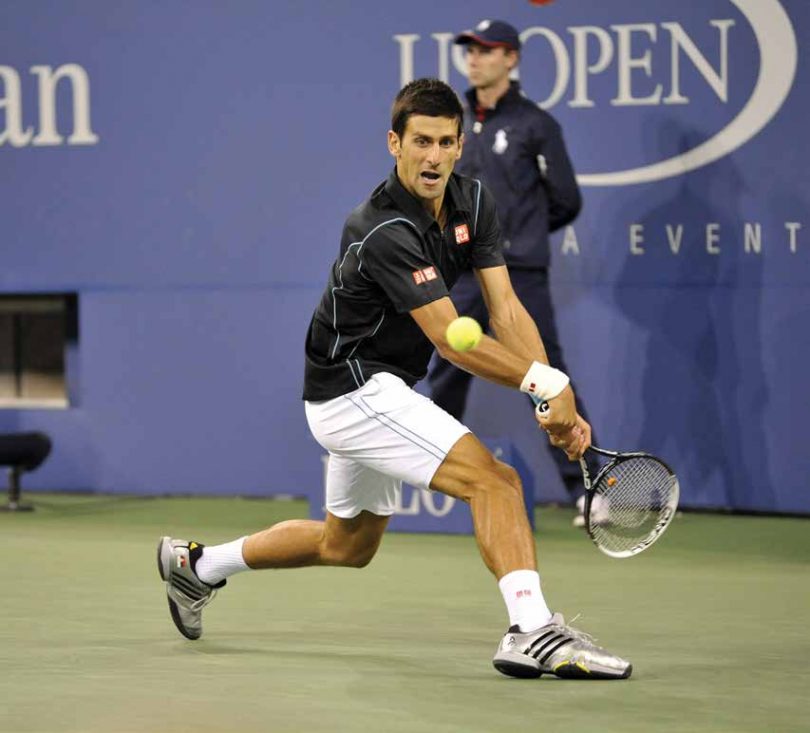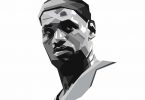This article first appeared in the July 2017 issue of WGM.
Like any great debate, discussion over the greatest tennis player of all time has taken more twists and turns than a rocky mountain railroad in recent times.
Twelve months ago, the man on top of the tennis world was Serbian superstar Novak Djokovic, whose 2016 French Open triumph saw him not only move to fourth on the all- time list of grand slam winners with 12, but also become just the third man in history to hold all four grand slam titles at the same time.
Ahead of him on the all-time list were only Roger Federer with 17 and Rafael Nadal and Pete Sampras with 14 apiece – a seemingly small gap to bridge given he had won six of the last eight grand slam events played at the time. Then the unthinkable happened. After losing to Stan Wawrinka in the US Open final last year, Djokovic hit the wall – the rock solid return and unshakable inner belief that had propelled him to the top suddenly deserting him like a cheating spouse.
At the 2017 Australian Open, the defending champion was a shock second round exit, falling at the hands of world number 117 Denis Istomin. More losses followed as the clay court season approached, with just one appearance in an ATP final to show for his e orts before his French Open run was halted with a crushing straight sets loss to rising star Dominic Thiem. Incredibly, the 7-6, 6-3, 6-0 result was the first time Djokovic had lost a set to love in a grand small match since 2005!

Yet Djokovic’s demons aren’t the only plot twists to have befuddled the great race in 2017. In fact, much of the talk around his rapid ascension last year had included the widely accepted notion that the three men ahead of him on the list – Federer, Nadal and Sampras – had all lifted a grand slam trophy for the last time. Although Federer and Nadal were still playing, both had fallen out of the top 10 with 35-year- old Federer’s last grand slam win coming in 2012 and Nadal’s body starting to break down with injury.
But the veteran duo have turned back the clock in 2017, starting in Melbourne where Federer defied the critics to beat Nadal, of all people, in an epic Australian Open final to claim a record 18th grand slam title. In doing so, Federer not only extended the gap over his nearest rivals to four but became the second oldest player ever to win a grand slam title behind Ken Rosewall, who was 37 years, two months and one day old when he won the 1972 Australian Open.
As they stand, there is no doubt Federer holds the mantle of the greatest of all time. But that mantle isn’t his to keep just yet.
Having seen his old rival relive his glory days from the other end of the court at the Australian Open, Nadal quickly added another grand slam title of his own to the resume at Roland Garros with one of the most dominant performances of all time sealing a record 10th French Open crown. No other player has won a single grand slam event more than seven times and Nadal moved into double figures in style, losing just 35 games across his seven matches – the second fewest in history behind the 32 Bjorn Borg dropped at Wimbledon in 1978.
It also moves him into second place by himself on the all-time list and closes the gap to Federer back to three grand slams – albeit with the Swiss maestro’s favourite Wimbledon surface rapidly approaching (Federer skipped this year’s French Open in preparation for the grass court season).
If anything, the success of Federer and Nadal in 2017 should give Djokovic – at the age of 30 – plenty of hope that he too can turn it all around and rekindle his chase. But as the game’s two elder statesmen have shown, just how big that chase will be is yet to be seen.







